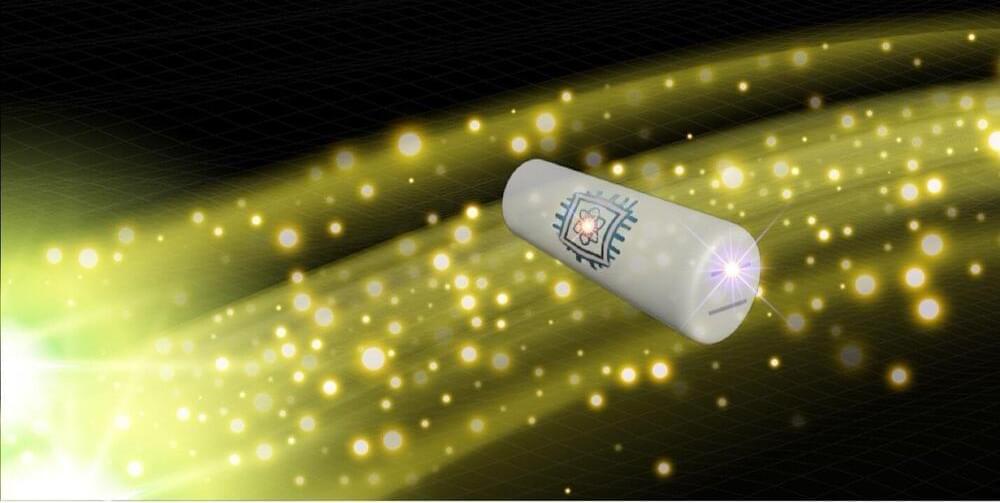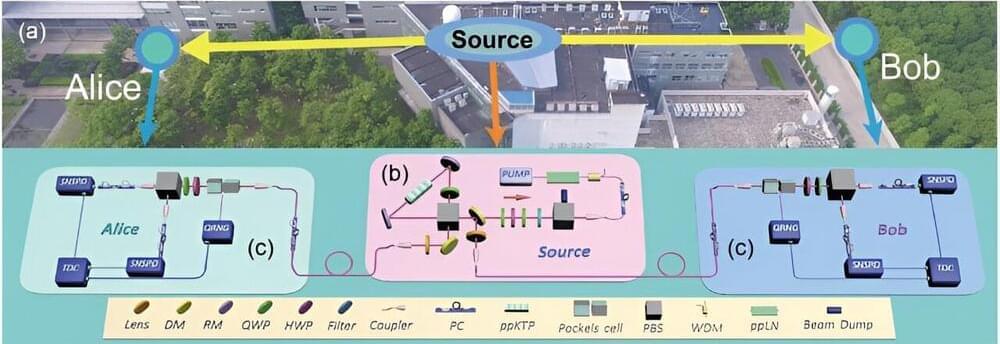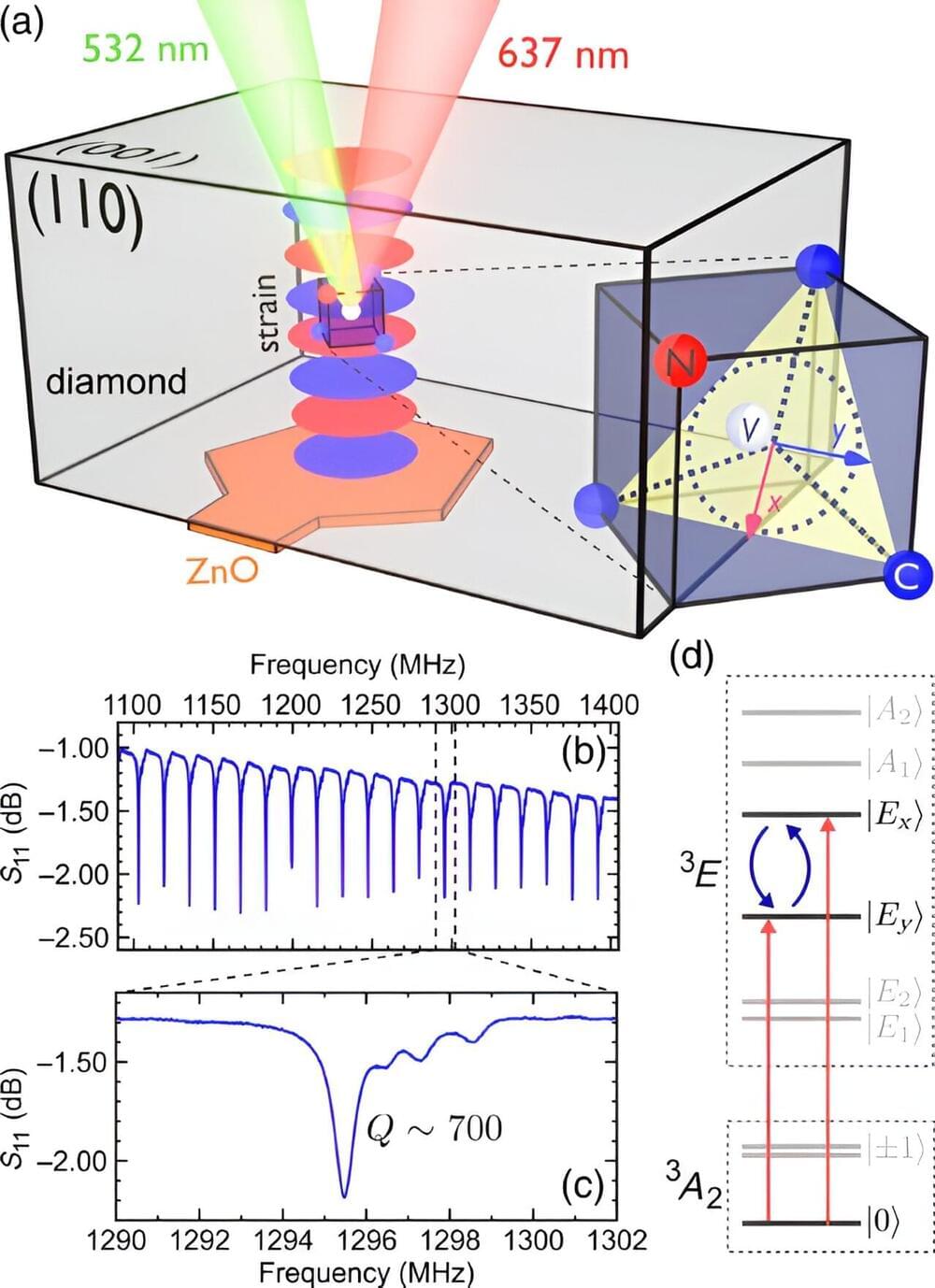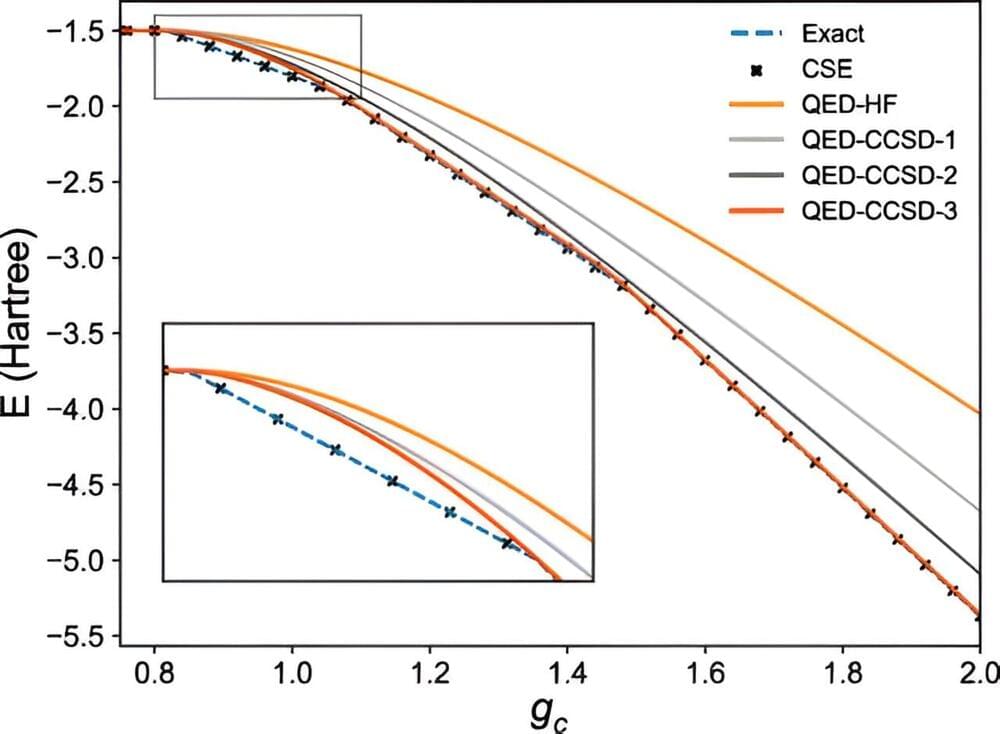Carl Kocher demystifies quantum entanglement through experimental evidence, challenging classical physics and enriching our understanding of quantum paradoxes.
Quantum entanglement may be hard to get your head around, but it’s believed to be the key to future technological applications in quantum information. In this guest editorial, inspired by his new article in Frontiers in Quantum Science and Technology, Prof Carl Kocher explains his groundbreaking 1964–67 experiments in quantum entanglement and helps us stretch our minds to understand this apparently paradoxical phenomenon.
My new article, ‘Quantum Entanglement of Optical Photons: The First Experiment, 1964−67’, is intended to convey the spirit of a small research project that reaches into uncharted territory. The article breaks with tradition, as it offers a first-person account of the strategy and challenges for the experiment, as well as an interpretation of the final result and its significance. In this guest editorial, I will introduce the subject and also attempt to illuminate the question ‘What is a paradox?’









